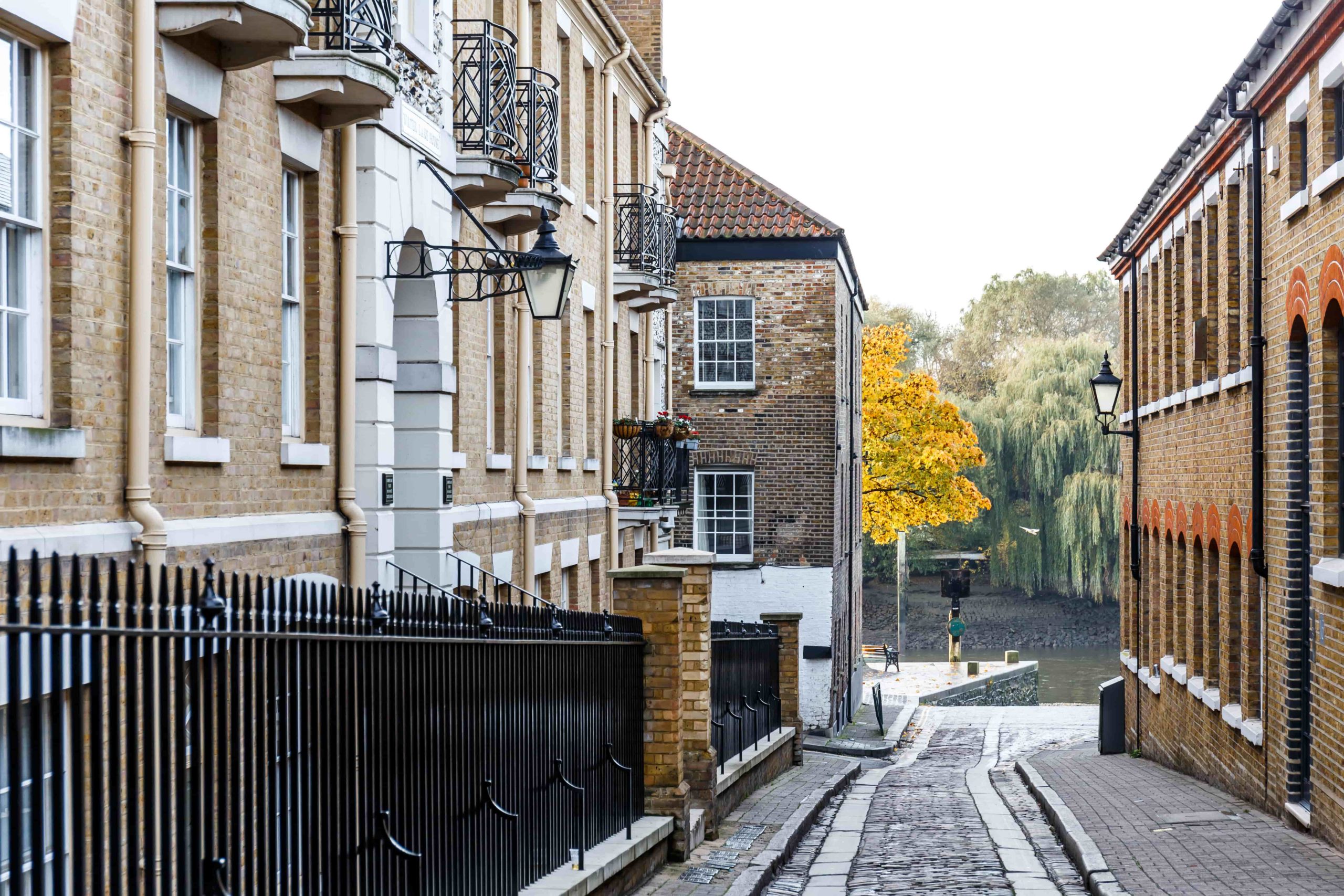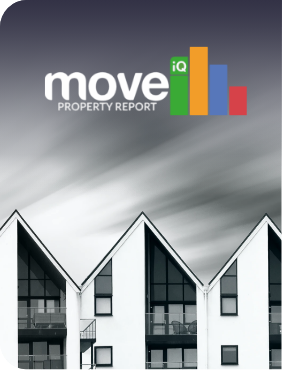
Buy-to-Let Mortgages Explained: A Comprehensive Guide
When you buy an investment property, you’ll need a ‘buy-to-let mortgage’ which is a special type of mortgage to fund the purchase. In this comprehensive guide, we’ll explore the purpose, rules, advantages, and disadvantages of buy-to-let mortgages.
To provide a complete perspective on whether a buy-to-let is worth it for your needs. Here’s a handy guide for those who are looking to buy a property and then rent it out, rather than live in it.
What is a buy-to-let mortgage?
If you plan to buy a property with the intention of renting it out, most lenders won’t allow you to do so through a standard residential mortgage. A buy-to-let mortgage specifically suits people planning to invest in property and become landlords. Unlike regular mortgages, these mortgages tailor to support rental income.
Move iQ’s recommended mortgage adviser can assist you in finding the right buy-to-let mortgage, for your circumstances.
Your home may be repossessed if you do not keep up repayments on your mortgage.
How do buy-to-let mortgages work?
There are some key differences between buy-to-let mortgages and the standard residential ones:
- 1. Interest-Only Mortgages: in most cases, this type of mortgage is interest-only this means for each month of the mortgage term, you’ll only pay the interest on the loan – none of the capital. You must repay the capital at the end of the agreed term or refinance the property.
- 2. Higher Interest Rates: interest rates are usually higher than those on standard residential mortgages.
- 3. Regulation: Financial Conduct Authority (FCA) generally does not regulate most BTL mortgage lending.
- 4. Arrangement Fees: arrangement fees can be higher for buy-to-let mortgages
Your home may be repossessed if you do not keep up repayments on your mortgage.
How much can you borrow for buy-to-let mortgages?
So, how does buy-to-let work vs. residential mortgages? A buy-to-let mortgage works much the same as getting a mortgage in the traditional way, how much you can borrow depends on your income, personal circumstances, credit score and overall affordability.
However, what’s different is that the maximum amount you can borrow depends on the amount of rental income you can expect to receive. There is no guarantee that it will be possible to arrange continuous letting of the property, nor that rental income will be sufficient to meet the cost of the mortgage.
Usually, mortgage lenders require this be 25–30% higher than your mortgage payment. A good way of judging this can be speaking to local letting agents, or looking at portals to see how much similar properties in the area are renting for.
How much deposit for a buy-to-let mortgage?
Minimum deposit is usually 25%, though it can be more, due to the higher risk involved. Buy-to-let mortgages carry a higher risk due to potential issues landlords may encounter, such as difficulties in rent collection or periods when the property remains empty between tenancies.
The BTL mortgage deals are usually for those with a 40% deposit or higher. Therefore, saving as high a deposit as possible is advisable.
Before the pandemic, some lenders allowed for as a low as 15%, however, these may now be much less available.
Where to get a buy-to-let mortgage?
Most big banks and specialist lenders will offer BTL mortgages. It’s always advisable to speak to a mortgage adviser before going any further to see what options are available to you. Finding the right deal is key.
Your home may be repossessed if you do not keep up repayments on your mortgage.
Buy-to-let costs and tax
Buy-to-let properties and their mortgages involve several costs. Making money from property usually involves a large financial outlay. It’s important to be aware of this early on, so here are some property investment tips:
Capital Gains Tax (CGT)
Capital Gains Tax applies to the profit you make when selling an asset that has increased in value. It’s the gain you make that’s taxed, not the amount of money you receive. Some assets are tax-free.
You may have to pay Capital Gains Tax if you make a profit when you sell property that’s not your home, including buy-to-let properties.
The amount you pay will depend on the rate of tax you pay and how much higher your profit is than the annual tax-free threshold of £12,000. Couples can combine this allowance, potentially allowing for £24,000.
You can reduce your CGT bill by offsetting costs. This includes stamp duty, solicitor fees, estate agent fees, or any losses made on a sale of a buy-to-let property in a previous tax year. To do this, deduct these from any capital gain.
Income tax
Any rent received is classed as income and is therefore liable for income tax, which must be declared on your self-assessment tax return on the year it was earned in. This might be taxed at 20%, 40% or 45%, depending on your overall annual earnings.
Certain expenses can be used to offset rental income, including council tax and property maintenance. There is full guidance on what the allowances are when you come to submit your self-assessment tax return.
Mortgage tax relief
From April 2020, most landlords saw their tax bills rise, as the way to deduct mortgage expenses (tax relief) from rental income to reduce tax bills changed.
It is still possible to offset a proportion of the cost of mortgage interest against the rental income, but at a reduced level. 100% of interest payments may be eligible for 20% tax credit.
Buildings insurance
While you may not need to take out contents insurance (depending on whether your property is furnished or unfurnished), you will need buildings insurance. Need help finding a good deal? Get a home insurance quote below.
Landlord insurance
This provides protection for landlords renting a property to tenants. It’s not the same as home insurance for residential properties, as it covers additional associated risks of renting. This could be loss of rent or accidental damage, for example.
Void periods
If you’re a property investment beginner, it’s important to prepare for the fact your property may not always have tenants in it. ‘Void’ periods are where there’s no rent coming in. So, to keep up with mortgage payments, you’ll need to have financial plans in place to ensure you’re covered.
Repaying the buy-to-let mortgage
It’s always best to play it safe. Don’t assume you can rely solely on selling the property to repay the mortgage in full. If house prices go down, you’ll have to make up the difference, so think ahead and ensure you’ve got back-up funds should anything not go to plan.
Other costs
Of course, the other associated costs with buying a house still apply, including:
- Stamp duty
- In fact, you’ll have to pay an extra 3% on top of the standard stamp duty tax when buying any buy-to-let property above £40,000
- Mortgage arrangement fees
- Property maintenance
- Surveyors fees
Other optional costs:
- Letting agent fees
- Rent insurance
Buy-to-let mortgage FAQs
Can I get a normal mortgage and rent it out?
You’d need consent from your mortgage lender to rent out your home on a residential mortgage. Many people choose to rent out their homes if they can’t (or don’t want to) sell up.
Your mortgage lender may charge you a fee to give you consent, and they’re not obligated to say yes.
Is it difficult to get a buy-to-let mortgage?
It can be, as you’ll likely need a bigger deposit. Also, it depends on your circumstances and how complicated the lending is. Lenders will also expect you to be earning a certain amount of money a year to be a landlord (this can vary from lender to lender), so always seek advice.
Your home may be repossessed if you do not keep up repayments on your mortgage.
How much interest will I pay?
This will depend on many factors, including:
- The amount you borrow
- Forecast rental income
- Your financial situation
- The type of mortgage you take out
What’s the difference between a mortgage and a buy-to-let mortgage?
To summarise:
- Usually on an interest-only basis
- You’ll need a higher deposit than for a residential mortgage
- You’ll likely face higher upfront fees (e.g. mortgage arrangement costs)
- Some mortgage providers see them as higher risk (because of void rental periods or risk of damages)
Need a mortgage adviser?
If you’re considering buying a buy-to-let property, speak to a mortgage adviser early on to see what options are available and find the best deal for you. We can connect you with a member our recommended mortgage adviser. They offer fee-free advice for most customers and have access to over 12,000 deals from 90 lenders.!
Get a mortgage quote for free below.
Your home may be repossessed if you do not keep up repayments on your mortgage.
Last Updated: November 1st, 2024








